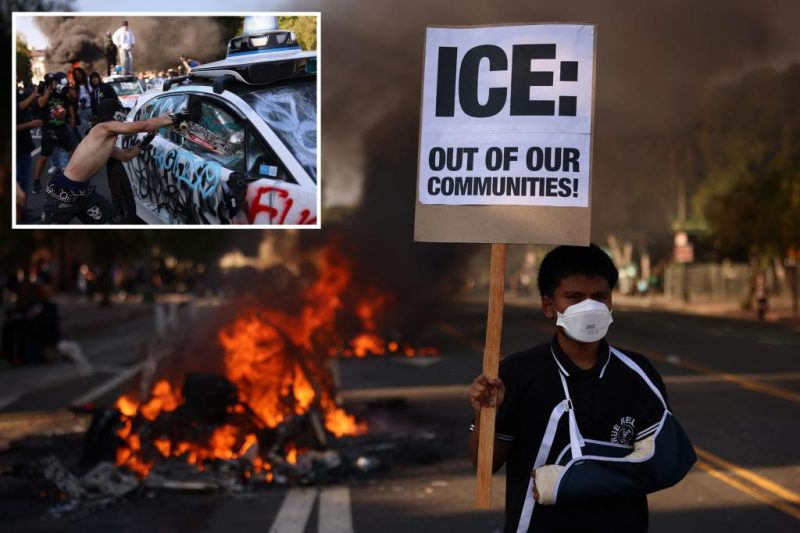
The recent anti-ICE protests in Los Angeles, while expressing powerful sentiments, have come at a significant cost to city taxpayers. Newly released data reveals a staggering $32 million price tag associated with managing and securing these demonstrations. This figure represents a substantial financial burden on the city, prompting discussions about the balance between protecting the right to protest and managing public resources effectively.
The sheer magnitude of the expense is undeniably striking. $32 million could have funded vital city services, improved infrastructure, or addressed other pressing community needs. This raises important questions about the allocation of public funds and the long-term financial implications of large-scale protests.
While the right to peaceful protest is a cornerstone of democracy, the financial strain placed on the city by these events necessitates a careful examination of resource management during future demonstrations. Finding ways to balance the need for public safety and the protection of free speech is a critical challenge facing Los Angeles and other major cities worldwide.
The city will likely need to delve deeper into analyzing the specific costs associated with the protests to understand where the money was spent. This detailed breakdown could inform future strategies for managing large-scale demonstrations, potentially leading to more cost-effective approaches that ensure both public safety and the preservation of civil liberties.
The $32 million figure serves as a stark reminder of the complex interplay between public protest, financial responsibility, and effective governance. It’s a conversation that will undoubtedly continue as cities grapple with the challenges of balancing these competing priorities.










